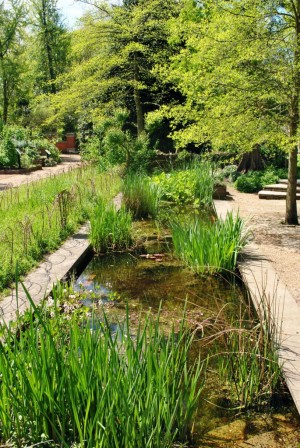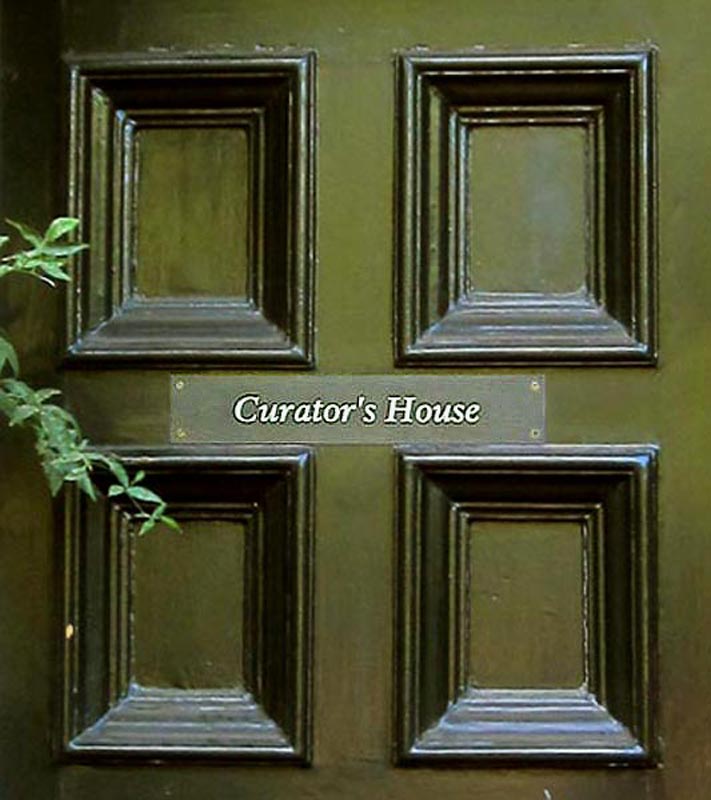Part I: The Garden
“I do not know anything half so refreshing on a hot summer’s day as a cup of tea; I mean pure and genuine as the Chinese drink it, without sugar and milk, It is far better and much more refreshing than either wine or beer.” Ch VII, pg 116, A journey to the Tea Countries of China, Robt. Fortune, 1858
London was hot in August – not as oppressively hot as my August trip to China last year, but rather, a clear bright heat that plants respond to. Visitors to the Chelsea Physic Garden were lolling on the lawns, inhaling the fragrance of the botanical specimens and snapping micro shots of the floral superstars. I had anticipated this visit for months. It was somewhat of a pilgrimage for me so I was thrilled to have a perfect summer day – the kind of day that gardeners live for.
Chelsea Physic Garden (Physic is an archaic term meaning medicine) is referred to by Londoners as a “secret garden” largely because of the high red brick walls surrounding it and the fact that it doesn’t announce itself with large signs. In existence for 340 years, it has only been open to the public since 1983 when it became a registered charity. The small garden is under 4 acres – approximately the size of a soccer field – tiny by British standards. It would be easy to miss if you were walking along the Chelsea Embankment as its high walls blend in with the upscale red brick flats of the neighbourhood.
Many Londoners use the gardens as their personal green space. For £38 ($60) per year, they can become friends of the garden and visit anytime during opening hours, provided of course there isn’t a wedding or other event taking place. In fact the gardens are so popular as a venue that guests are advised to phone ahead to check whether the garden will be limiting its visiting hours on that day.


Established in 1673 as the Apothecaries’ Garden, it served to train apprentices in identifying medicinal plants. Its picturesque location near the Thames River, continues to provide favourable conditions for plant life with its microclimate of moderate temperatures. Historically, the proximity to the river was useful also for transporting plants from garden to garden along the Thames.The main entrance is a mere doorway at 66 Royal Hospital Rd., a reminder that CPG was for most of it’s life, a privately run garden.
The collection of plants on exhibit would have been obtained over the years by the Garden’s curators.The mandate of the garden being, to seek rare botanical examples throughout the world, preserving the seeds and stock and exchanging with other gardens in England and Europe.


In recent years, the garden has become very popular with tea enthusiasts since the publication of the well-researched work of creative nonfiction, For All the Tea in China by author Sarah Rose, 2009. Those who read it are keen to add Chelsea Physic Garden to their list of tea destinations. The Garden administration seems mildly aware of the pilgrimage mentality of tea fans. Copies of Rose’s book are available in their gift shop. I think however, they could do much more to capitalize on the enthusiasm for the subject of her book, Robert Fortune, the famous Victorian tea ‘thief’. CONTINUE TO PART II





